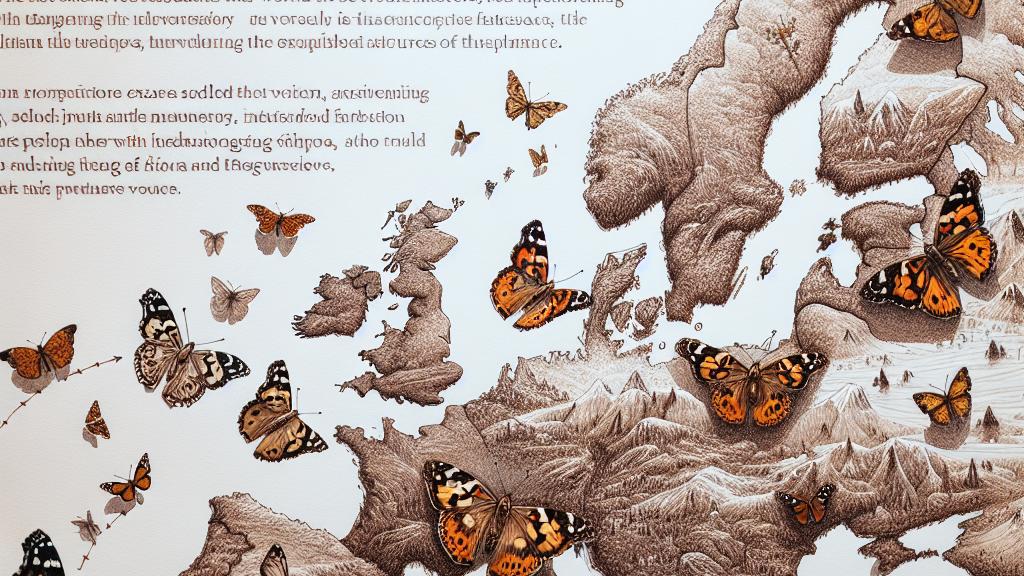Understanding How Butterflies Navigate Their Long Journeys
Overview
- Scientists uncover that butterfly migrations are primarily influenced by environmental conditions.
- Painted ladies exhibit extraordinary long-distance journeys linked across generations.
- Innovative methods like isotope geolocation offer new insights into their migratory behavior.

The Breathtaking Journey of Painted Ladies
Have you ever marveled at how far butterflies can travel? Painted lady butterflies, or Vanessa cardui, are not just visually stunning; they're incredible migrants! Each year, these vibrant insects undertake a fantastic journey that spans thousands of kilometers, starting from the warm landscapes of Northwest Africa and making their way to Europe, where they even reach the frigid Arctic tundra of Sweden during the summer months. This astonishing migration isn't merely a genetic instinct; it relies heavily on environmental factors. Instead of relying on a predetermined route, these butterflies adapt their movement based on local weather conditions, food sources, and even the landscapes they traverse. Can you imagine the skill and intuition it takes to navigate such a vast territory?
How Science Tracks Butterfly Migration
You might be wondering: how do scientists manage to follow these magnificent creatures on their extensive journeys? The answer lies in a fascinating mix of community science and cutting-edge technology! Research teams, like those led by Daria Shipilina at the Institute of Science and Technology Austria, embark on daring field trips, capturing painted ladies from diverse locations such as sunny Senegal and beautiful Morocco. They use an innovative technique called isotope geolocation, which analyzes the unique chemical signatures found in the butterflies’ wings. Picture this: scientists accurately determining where a butterfly originated based on the plants it consumed as a caterpillar! This collaborative approach, involving local volunteers, not only helps in understanding these beautiful beings but also fosters a deeper connection with the natural world.
The Vital Role of Butterflies in Our Ecosystem
It’s crucial to appreciate the significant contributions painted ladies make to our ecosystems. These butterflies serve as essential pollinators, flitting from flower to flower, ensuring that plants can reproduce and thrive. For example, as they migrate, they help maintain biodiversity by pollinating a variety of flowering plants. Moreover, their migration patterns serve as crucial indicators of environmental changes, such as climate shifts and habitat degradation. By studying their journeys, we gain insights into the effects of climate change on migratory species. Thus, when we protect their migratory routes and habitats, we are not just safeguarding a beautiful species but also ensuring the ecological balance that supports all life on Earth. The painted lady is a living testament to resilience, adaptability, and the intricate web of connections in nature.

Loading...